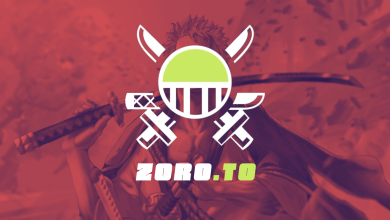Suzume no Tojimari: Shinkai’s Animated Masterpiece
Makoto's visually stunning version of anime blended with a dash of Miyazaki's fantasy!
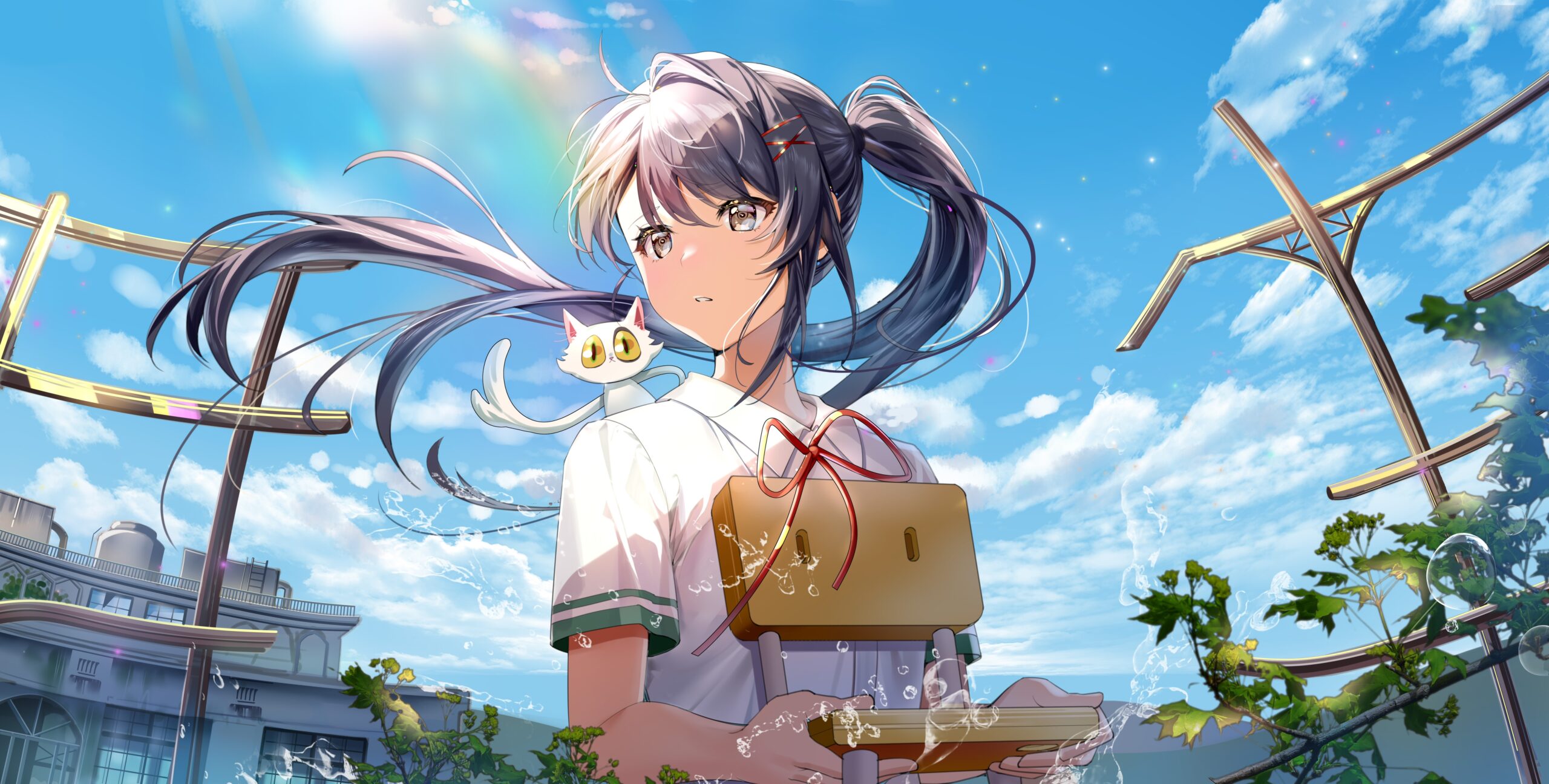
The renowned anime creator Shinkai Makoto, often dubbed as the modern-day Miyazaki, has gifted the anime community with another masterpiece called Suzume no Tojimari. This is his third movie after he gained immense popularity with his previous works, Your Name and Weathering with You.
The new film delves into the topic of dimensions. It follows a 17-year-old girl as she embarks on a journey with a mysterious man to save the world. In addition to its impressive visuals and animation, Suzume captivates us with its unique concept and use of Japanese mythology.
This article will delve into Shinkai’s magical world. Moreover, we will explain why Suzume no Tojimari is considered to be his animated masterpiece.

A Quick Overview of Suzume no Tojimari’s Plot
Suzume Iwato, a high school student meets Souta Munakata, a young man who is on a quest to find abandoned places and an elusive door. When he asks for directions to an abandoned area, Suzume directs him to a nearby ruins. However, curiosity gets the better of her and she decides to follow Souta to the abandoned site.
After arriving at her destination, Suzume finds a door that leads to a surreal universe. Despite being able to see and feel the realm, she is unable to enter it. She then spots a peculiar stone resting on the ground nearby. This peculiar stone turns out to be a mischievous cat-like creature Daijin.
This encounter leads Suzume to experience the consequences of her actions. She realizes that she had removed the keystone which maintained balance in Japan. To correct her mistake, Suzume teams up with Souta, and tries to prevent evil from spreading. Together they locate and lock all open doors and save the country from destruction.

Suzume no Tojimari’s Japanese Mythological Roots
Shinkai’s film explains Japanese mythology and folklore and pays tribute to his homeland. The story incorporates celebrated mythologies and shows how they influence the plot. Some of the mythological themes are:
Ubusunagami and the Door Closer
According to Japanese mythology, Ubusuganami is a deity who protects the land and is worshipped to provide safety for humans. In the movie Suzume, the character named Shouta is responsible for closing doors that can bring disasters to Earth. In the film, director Shinkai skillfully incorporates the mythological figure of Ubusuganami into the story.
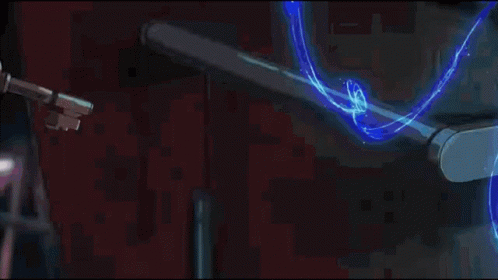
According to Suzume, the Ubusuganami is known for making sacrifices for the people living on Japanese land. The people pay their respects to this deity for this reason. However, over time, the people begin to lose respect and interest in their own land, which causes a weakening in the barrier between them and the deity. This resulted in negative events and severe consequences.
Mimizu/Namazu & the “Door”
The movie features Susuzme and Souta who work to close doors that cause destruction in Japan in the form of a giant worm called Mimizu. This idea is derived from the Japanese myth of Namazu, which says that earthquakes are caused by dragons and giant catfish roaming underground.
The gods pierced them with swords to keep them from causing earthquakes. The movie creators incorporated this mythological tale into the story to make it more relatable to the earthquake-prone country of Japan.
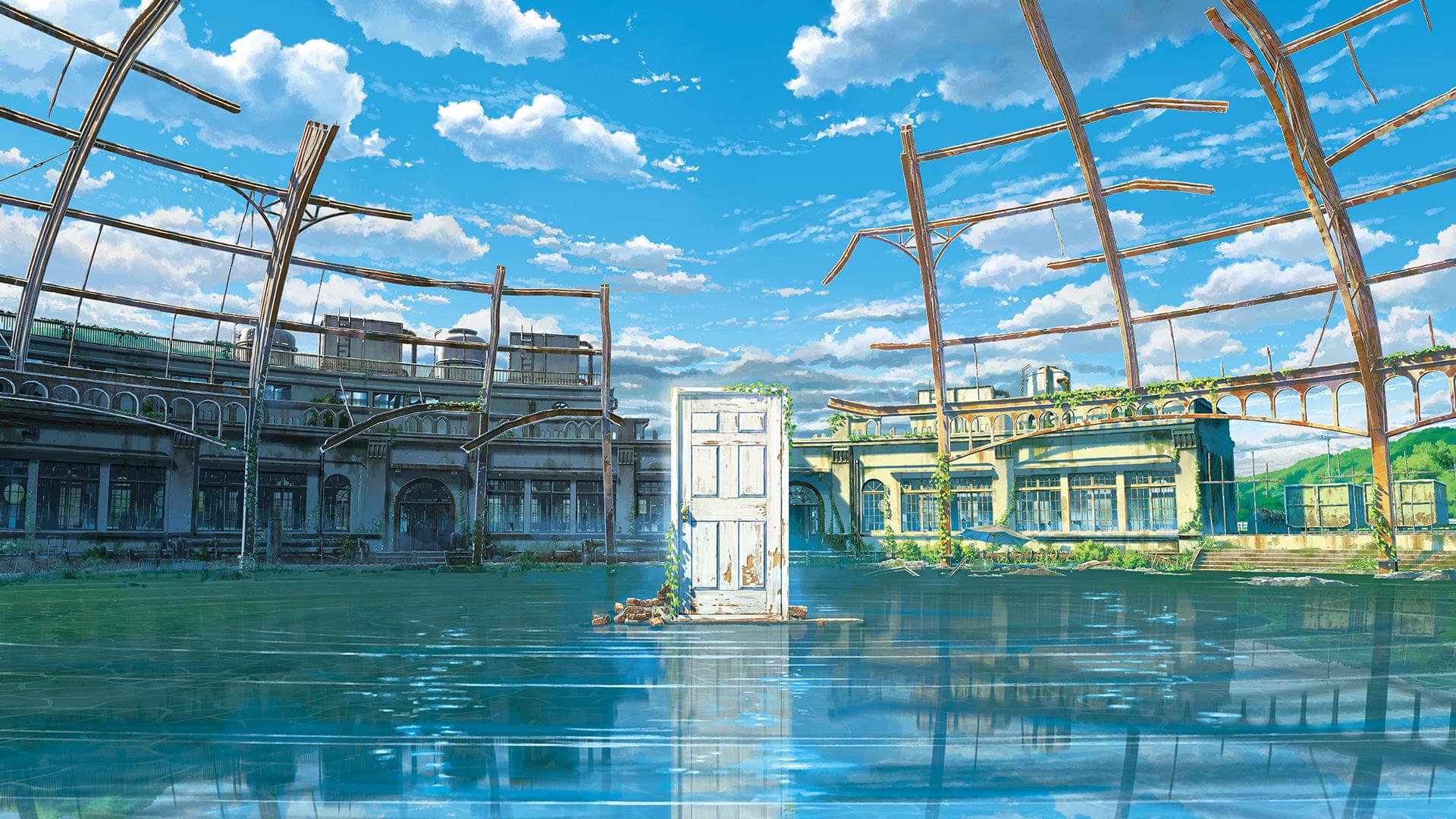
In the movie, there is a door shown that represents the afterlife and is where the Mimizu creatures reside. This door is the only way for these creatures to enter the human world and create chaos. To prevent this, a “closer” performs the Jichinchai ritual to close the door and protect humanity.
In the movie, Souta refers to himself as “the closer” and seeks out abandoned lands to close afterlife doors.
kaname-ishi (Keystones aka Daijin)
The stones that aided the Ubusuganami are known as Kaname-ishi. These stones played a crucial role in defeating the dragons. Daijin, one of the keystones in the film, can be seen roaming around certain shrines in Japan. These shrines are believed to have been thrust into the ground to pacify the earthquakes.
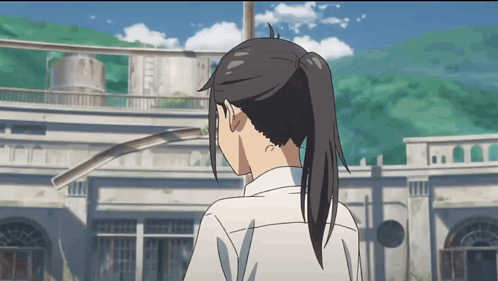
A Dash of Hayao Miyazaki’s Magical Realism in Suzume
It’s clear that Shinkai greatly admires and values Hayao Miyazaki‘s storytelling and fantasy creations. In Shinkai’s “Suzume,” we can observe how he draws from Miyazaki’s captivating storytelling techniques and is influenced by his work. Shinkai’s Daijin, is likely inspired by Miyazaki’s , Jiji from “Kiki’s Delivery Service.”

Meanwhile, Shouta bears a striking resemblance to Howl in Miyazaki’s animated version of “Howl’s Moving Castle“. Both characters have an immediate connection with the audience when they appear on the screen.
Shinkai Makoto’s Inspiration for Suzume
While directing Weathering with You, Shinkai drew inspiration from various abandoned places across Japan. He wanted to honor these forgotten places through his work. Suzume’s message expresses a deep appreciation for daily life, the wonders of nature, and our responsibility to take care of the Earth.

What Worked?
The movie features beautiful visuals with Shinkai’s characteristic use of oversaturated colors and playing with light to make natural scenes look almost otherworldly. The top-notch CGI and engaging storyline are noteworthy. Additionally, the movie incorporates Japanese mythology and emphasizes the everyday beauty of life. However, the most relatable aspect is the coming-of-age characters that the audience can easily root for.
What Sucks?
If you’re not knowledgeable about Japanese folklore and mythology, you might find Suzume confusing compared to other films by Shinkai like Weathering with You and Your Name. To understand this movie, you need to have a little understanding of Japanese deities and rituals.

Final Verdict on Suzume no Tojimari
Suzume is a visually stunning movie, with Shinkai’s hard work evident in every frame. If you enjoy watching high-quality animated films and appreciate works by Hayao Miyazaki, then this two-hour movie is definitely worth your time.
If you’re an Otaku like us who enjoys exploring popular and classic anime titles, be sure to check out our website Appuals to become more familiar with the anime world.
 Reviewed by
Reviewed by 


